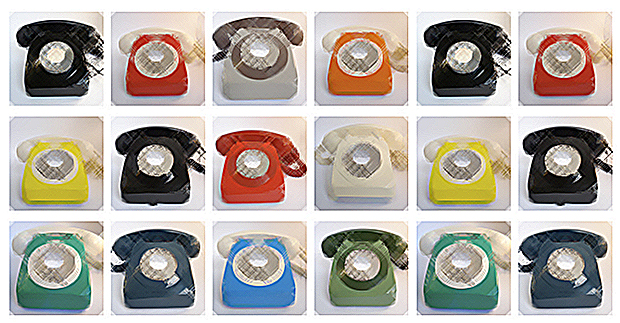
The best piece of advice I ever received about repairing a
troubled relationship came from my brother, a man of few words who calls
things like they are. As I analyzed and plotted my strategy to conquer
the situation like a game of Risk, he stopped me cold in my tracks and
said, “Katie, it’s not that complicated. Just call them once a
week.” I had never considered that the solution to such a complicated
problem could be that simple.
Client relationships aren’t much
different than personal ones in
that they require routine, but substantial contact. And in most cases,
email doesn’t cut it. Never underestimate the power of picking up
the phone to deliver news–even if it’s something relatively
insignificant that could be communicated easily by email. If you don’t
create space and time for a relationship to occur, then it won’t. This
rule
isn’t a complicated one, but there is no exception to it.
As a
project manager balancing dozens of tasks at once, the less time I
spend on the
phone, the more efficient I can be. The temptation to go into inbox
inertia is strong, especially as the pace of my schedule increases.
But being productive is just part
of my role. My most important
responsibility is tending to the client relationship–an unending task that will never be crossed off my to do list.
Recently, I read
an article
by Scott McDowell that compared the difference between face-to-face
vs. digital emotions. They referenced a study by Daniel Golemen, the
“godfather of emotional intelligence,” which explained that we interpret
email with a negative bias at a neural level. In a conversation, it’s
generally the opposite since we have emotional cues to draw from in tone
of speech, facial expressions, etc. To sum it up, in the absence of
emotion, we assume negative emotion.
“Technology creates a vaccum that we
humans fill with negative emotions by default, and digital emotions can
escalate quickly (see: flame
wars). The barrage of email can certainly fan the flames. In
an effort to be productive and succinct, our communication may be
perceived as clipped, sarcastic, or rude. Imagine the reprecussions for
creative collaboration”
-Excerpt from Email
Etiqutte II: Why Emoticons (And Emotional Cues) Work, by Scott
McDowell via the99percent.com
The
point of McDowell’s article is that you are operating at an automatic
emotional debt when it comes to email, and you have to do a lot to
overcompensate for this. Yes, that means
you can officially stop worrying about using those smiley emoticon and
animated gifs leaving a bad impression. Turns out you’re far more likely
to rub someone the wrong way with an email that shows no emotion at
all.
I’m not saying I’ve mastered the art of client communications by any means. It’s a discipline that requires
continual effort, and there plenty of days when I choose the path of
least resistance. But when the pace picks up and I begin to fixate on conquering a
task list rather than fostering a client relationship, I try to
remind myself that the further removed my communications are from a real
conversation, the less control I have over how that message is
perceived. I cede control in building that relationship, and it’s the relationship that motivates me to come into work each day, not achieving inbox zero.


